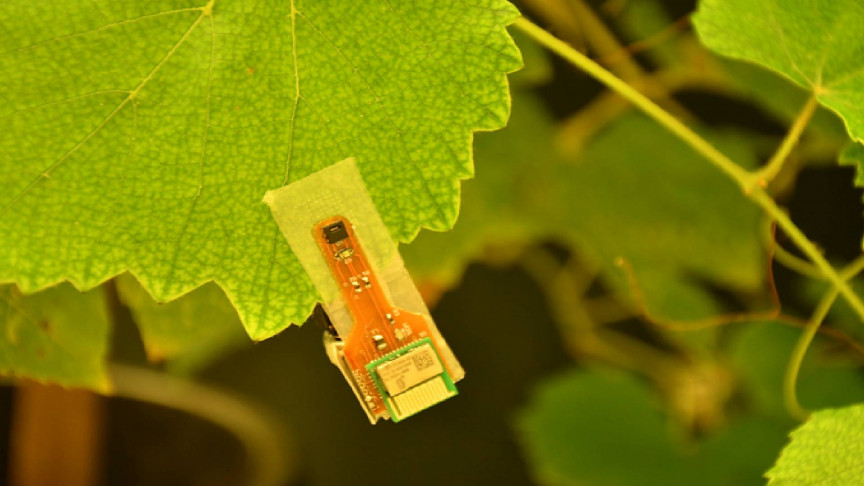The climbing plant Galium aparine, also known as “catchweed”, can climb over other plants using micro-hooks on its leaves that anchor onto the surfaces of other plants. Now, a research group led by Barbara Mazzolai at the Istituto Italiano di Tecnologia (Italian Institute of Technology) has studied and mimicked these micro-hooks to create their own version in the first-ever prototype of a biodegradable and soluble velcro.
This Velcro sees artificial micro-hooks applied to a series of devices that, when attached to plant leaves, act as a kind of temporary plaster that can have two applications.
In the first, micro-hooks made from isomalt, a sugar-like substance, can be used to release beneficial substances into the plant’s vascular system such as pharmaceuticals, pesticides, or bactericides, optimizing the use of natural resources and reducing the excessive use of pesticides.
This process is also waste-free since, once applied, the plaster dissolves.
The second application sees hooks printed with the use of a photosensitive resin assembled together with electronics and sensors for light, temperature, and humidity. This results in intelligent clips that can be used for the wireless monitoring of plants.
“Our studies always begin by observing nature, seeking to replicate the strategies employed by living creatures through low-environmental-impact robotic technologies”, Barbara Mazzolai, associate director of Robotics at IIT and the head of the IIT Bioinspired Soft Robotics Lab, said in a statement.
“With this latest research project, we have further demonstrated that it is possible to create innovative solutions that not only have the aim of monitoring the health of our planet, in particular of plants, but of doing so without altering it”.
In both applications, the micro-hooks are made with a high-resolution 3D printer and have been shown through research to be capable of solidly attaching to a range of plant species. The study was published in the journal Communications Materials.
This isn’t the first time engineers and scientists were inspired by nature, but it’s definitely one of the coolest we’ve seen in a while.
Credit: Source link



